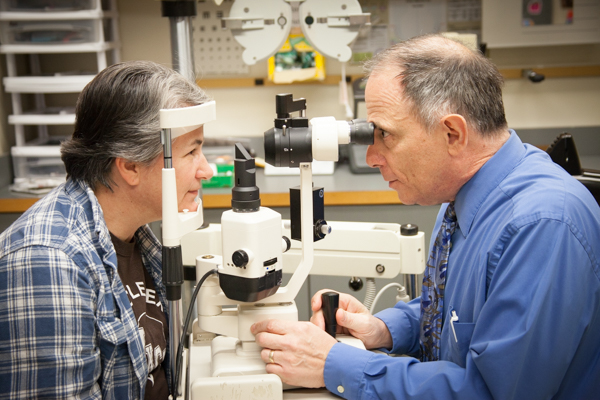Find the Best Glaucoma Service Near Me: Expert Eye Treatment Solutions
The Role of Advanced Diagnostic Tools in Identifying Eye Disorders
In the realm of ophthalmology, the usage of innovative analysis devices has changed the early recognition and administration of various eye problems. From identifying subtle adjustments in the optic nerve to monitoring the development of retinal diseases, these modern technologies play a critical duty in enhancing the precision and efficiency of identifying eye conditions. As the need for accurate and prompt diagnoses proceeds to expand, the integration of innovative tools like optical comprehensibility tomography and aesthetic field screening has actually become crucial in the realm of eye care. The detailed interplay between modern technology and ophthalmic methods not only drops light on complex pathologies but also opens up doors to customized treatment techniques.
Importance of Early Diagnosis
Early medical diagnosis plays a crucial function in the effective management and therapy of eye disorders. By detecting eye problems at an early phase, healthcare providers can offer ideal treatment strategies tailored to the details condition, inevitably leading to better end results for clients.

Innovation for Detecting Glaucoma
Cutting-edge analysis technologies play an essential role in the very early detection and tracking of glaucoma, a leading reason of irreversible loss of sight worldwide. One such technology is optical coherence tomography (OCT), which provides detailed cross-sectional pictures of the retina, permitting the measurement of retinal nerve fiber layer thickness. This dimension is essential in examining damages triggered by glaucoma. Another sophisticated device is aesthetic area screening, which maps the sensitivity of a patient's visual area, assisting to identify any areas of vision loss attribute of glaucoma. Additionally, tonometry is used to determine intraocular stress, a significant risk element for glaucoma. This test is critical as elevated intraocular pressure can cause optic nerve damages. More recent modern technologies like the usage of fabricated knowledge formulas in assessing imaging information are revealing promising results in the early discovery of glaucoma. These advanced analysis devices make it possible for ophthalmologists to diagnose glaucoma in its very early phases, enabling prompt treatment and far better monitoring of the disease to stop vision loss.
Function of Optical Coherence Tomography

OCT's ability to evaluate retinal nerve fiber layer density permits specific and objective measurements, helping in the early discovery of glaucoma even before visual area flaws come to be evident. OCT innovation allows longitudinal monitoring of structural changes over time, helping with tailored treatment strategies and prompt treatments to aid maintain individuals' vision. The non-invasive nature of OCT imaging likewise makes it a preferred selection for keeping an eye on glaucoma progression, as it can be repeated regularly without triggering pain to the patient. great site In general, OCT plays an essential function in boosting the analysis accuracy and administration of glaucoma, inevitably adding to much better results for people at risk of vision loss.
Enhancing Diagnosis With Visual Field Testing
A necessary component in detailed sensory examinations, aesthetic area testing plays an essential function in improving the diagnostic process for various eye disorders. By evaluating the full extent of a patient's visual area, this examination gives critical details concerning the practical stability of the entire visual path, from the retina to the visual cortex.
Visual field screening is specifically useful in the diagnosis and management of conditions such as glaucoma, optic nerve problems, and different neurological illness that can affect vision. Through measurable dimensions of peripheral and main vision, medical professionals can discover subtle changes that might suggest the presence or development of these conditions, even before visible symptoms take place.
Moreover, visual area testing enables the tracking of treatment efficiency, assisting ophthalmologists customize therapeutic interventions to individual patients. eyecare near me. By tracking changes in aesthetic field efficiency gradually, healthcare carriers can make educated choices regarding adjusting medications, suggesting surgical treatments, or carrying out other proper measures to protect or boost a client's aesthetic function
Managing Macular Degeneration

Verdict
In verdict, progressed analysis devices play a critical duty in recognizing eye disorders early. Technologies such as Optical Comprehensibility Tomography and visual area see this page screening have actually considerably boosted the precision and performance of identifying problems like glaucoma and macular deterioration. Early detection permits prompt treatment and administration of these conditions, eventually causing much better outcomes for patients. It is necessary for health care experts to stay upgraded on these innovations to supply the most effective possible take care of their clients. eyecare near me.